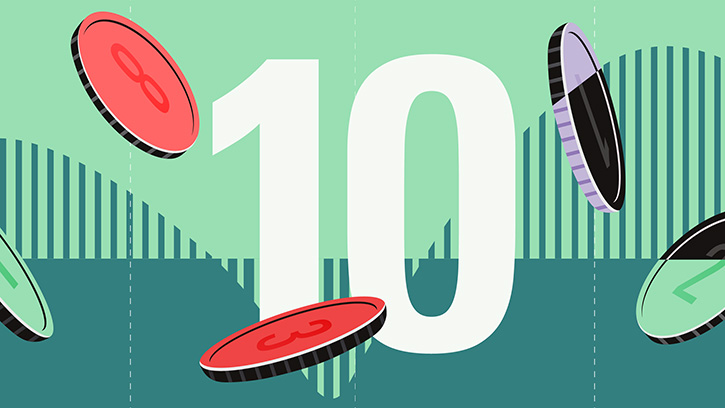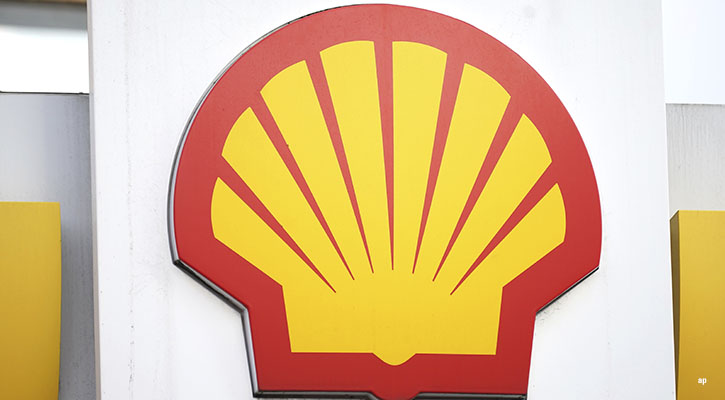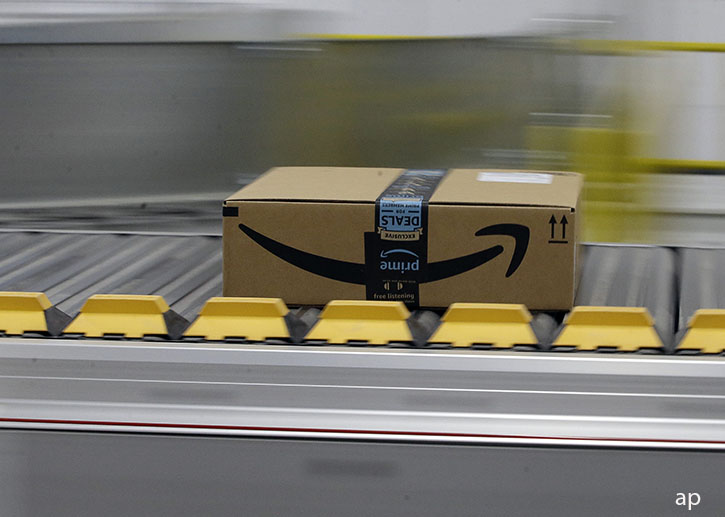When analysing gold mining companies, an important metric that investors should consider is the company's proven and probable gold reserves. This metric roughly quantifies the total amount of economically minable gold located beneath the firm's properties. The reserve figure is a key driver of a gold miner's future earnings power, representing potential future earnings which are realised over time, as gold miners convert below-ground ore reserves into tangible gold output. Given this direct link between reserves and future earnings, we analysed the reserves figures for the 17 gold miners in our coverage universe in order to better calibrate our valuations. Our analysis also seeks to identify outliers--mining companies that the market may be undervaluing or overvaluing relative to their peers.
Our analysis was a two-step process. First, we recorded the total proven and probable gold reserves for each of the mining companies we cover. However, this step was complicated by the fact that gold mining companies also frequently own reserves of various byproduct metals such as silver, zinc, or copper, which may not be captured in the headline gold reserves figures. In order to compare reserves on an apples-to-apples basis, we translated the various byproduct metal reserves into gold-equivalent figures, relying on current spot prices for the various metals to inform our assumptions.
The second component of our analysis was calculating the enterprise value for the mining companies and then dividing each firm's enterprise value by its reserve gold-equivalent ounces (GEO). The resulting ratio shows how much the market thinks each miner's reserve gold ounces are worth on an ounce-to-ounce basis. The results are summarised in this table.
As we can see from the table, the market assigns a wide range of values to the reserves of different gold miners. Using this data, we can partition the gold miners in our coverage universe into three broad groups. The first would be the "discount" bucket (companies whose enterprise values are less than $150 per GEO), including DRDGold, Gold Fields, Harmony Gold, and Yamana Gold. The second would be the "premium" bucket (companies whose enterprise values exceed $300 per GEO), including Agnico-Eagle Mines, Eldorado Gold, and Gammon Gold. The rest of the gold miners, which do not fall into either the discount or the premium buckets, will be in the "middle-of-the-road" bucket.
The mere fact that the market is assigning a relatively high value to the reserves of companies in the premium bucket does not mean that these miners are actually overvalued. Similarly, gold miners in the discount bucket are not necessarily screaming buys. There may be a confluence of factors which justify assigning a relatively lower (or higher) value to the reserves of different gold mining companies. Perhaps the most important factor is each company's cost structure. This is because the economic value of gold reserves will vary substantially depending on the spread between gold selling prices and production costs, with wider spreads corresponding to greater economic value on an ounce-to-ounce basis. Given this, we would expect the market to assign a relatively higher value to the reserves of low-cost miners, and a relatively lower value to the reserves of high-cost miners. Furthermore, firms with sizable low-cost gold reserves tend to make attractive acquisition targets, a scenario that the market may already factor into those companies' valuations. We saw a good example of this earlier in 2010, when major Australian miner Newcrest made a bid for low-cost producer Lihir Gold.
Other important factors to consider when evaluating reserve valuations include company and geopolitical risk, which in turn influence the miners' discount rates. Generally, the reserves of companies with higher discount rates should merit a lower valuation than the reserves of miners with lower discount rates. Another factor that could influence reserve valuations would be the price assumption used by each gold miner to calculate its reserves. In our study, we found that most gold miners assume a gold price of $800 per ounce in calculating their reserves for 2009. A price assumption significantly higher than this threshold could indicate that the company is being overly aggressive in calculating their reserves, and merits a lower value for its reserves.
Keeping these various factors in mind, three of the four companies within our discount bucket--DRDGold, Gold Fields, and Harmony Gold--are high-cost producers, with Harmony’s cash production costs of $583 per ounce in 2009 being the lowest figure out of the three, but still comfortably above the industry average. These miners are also three of the four largest players in the South African gold mining space, which tend to feature deep, hard-rock mines and attendant steep production costs. Given their status as high-cost producers, it makes sense that the market would assign a relatively lower value to the reserves of these three South African miners.
On the other hand, the fourth producer within the discount bucket, Yamana Gold, has relatively low production costs, at $357 per ounce in 2009. It also has well-diversified assets, which lead to a reasonably low discount rate. However, over 30% of the firm's gold reserves, as well as the bulk of its copper and molybdenum reserves, are locked up in Agua Rica, a massive undeveloped metal deposit where mine construction will not start until 2012 at the earliest. Given that so much of Yamana's reserves will not be mined for several years if not decades, it makes sense that the present value of the firm's gold reserves would be relatively low. While Yamana may not be the obvious buy as evinced by a simple reserves analysis, the firm is still one of the more attractive gold miners we cover. It trades at a slight discount to our fair value estimate. However, we would wait for share prices to decline further before recommending it as a buy.
Moving next to the premium bucket, we see that it contains Agnico-Eagle Mines, Eldorado Gold, and Gammon Gold. Eldorado is one of the lowest-cost gold producers that we cover, with total cash production costs at $337 per ounce in 2009. This likely justifies the premium valuation that the market assigns to the firm's gold reserves. Agnico-Eagle similarly boasts relatively low production costs, and furthermore owns a slew of attractive development projects throughout North America. This could boost the firm's reserves figure as the company continues exploring these sites.
The one outlier in the group appears to be Gammon, which has higher than average cash production costs ($462 per ounce in 2009), as well as a high degree of operational risk. This stems from the firm's dependence on just two gold mines in Mexico for its entire production. Digging deeper into the numbers, we can see that the gold price Gammon used to calculate its reserves in 2009 was $845 per ounce. This is higher than the industry average, and could artificially inflate the firm's reserves number relative to its peers. Furthermore, despite rising gold prices, Gammon's gold reserves have steadily declined, from a high of 3.5 million ounces in 2007 to 2.5 million ounces in 2009, mainly as a result of unfavourable drilling test results. This suggests that the firm may have been overly optimistic in calculating its reserves.
Given these various factors, we do not believe Gammon's reserves deserve a premium valuation. We think the market may be overvaluing Gammon because it's assuming that Gammon can maintain its gold output over the long haul, whereas given projected 2010 production levels, the firm will exhaust its reserves in fewer than ten years. If the company's exploration projects continue to prove unfruitful, Gammon may have to resort to expensive acquisitions (given current high gold prices) in order to continue mining.
Reserve analysis is a useful instrument that should be in the toolkit of any serious investor in the gold mining space. Sometimes, it can help point to undervalued or overvalued miners that more traditional earnings or cash flow analysis--and the market-- may have overlooked.
Market capitalisation calculated using closing stock price for April 7, 2010.
Gold reserves include proven and probable gold reserves, and exclude byproduct metal reserves.
Reserve GEO calculated using spot metal prices as of April 7, 2010 for gold, copper, zinc, lead, iron ore, and molybdenum, as well as average 2009 selling prices for niobium. Silver was converted to gold-equivalents using a 55:1 ratio.
Joung Park is an associate equity analyst with Morningstar.























